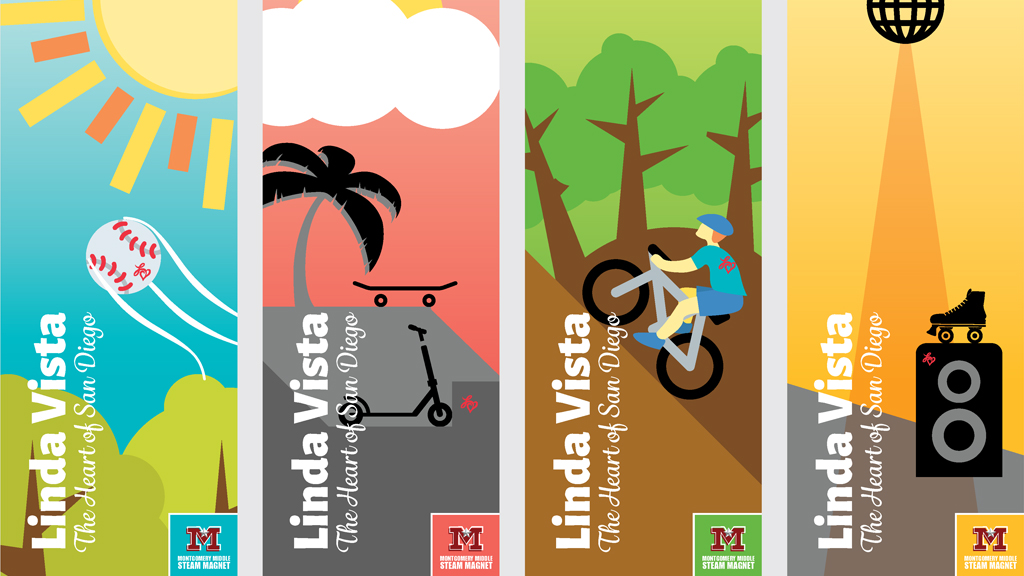Brief
Prototyping Builds Resiliency
Learning spaces focused on building authentic and relevant experiences—where students build resilience and grit by failing forward—are critical to preparing students for the future. This future, according to a 2017 survey reported by the Institute for the Future World, is one where an estimated 85% of the jobs that today’s learners will have in 2030 don’t exist today. This means that we, as STEAM (science, technology, engineering, and math) educators, must prepare our students to be adaptable and reflective. Prototyping, one stage of World Savvy’s Knowledge to Action design thinking process, engages students in feedback cycles that build resilience and grit. Through this process of continuous learning and reflection, students also develop global competencies, such as openness to new opportunities, ideas, and ways of thinking, and develop a desire to engage with others, critical skills in preparing young people for new and unknown careers.
In the human-centered design process, prototyping is the fourth stage, coming after empathy, defining, and brainstorming. During the prototyping stage, students take the ideas they brainstormed for a solution and build a quick, inexpensive mock-up, such as a model, drawing, video, presentation, or piece of art. The process of rapid prototyping centers creativity and creates fun, messy, high-energy collaborative learning spaces where students can use any and all available resources. In the empathy stage of design thinking, students engaged with stakeholders learning about a particular issue. Prototyping allows students to once again engage with stakeholders, showing something tangible so that they get feedback on the viability of their solution. Once students get feedback on their prototype, the process of creating, sharing, and reiterating starts over again as they make adjustments to their design to better fit the needs of the stakeholders. As students commit to continuous learning and reflection in the design process, they put aside their own personal assumptions and biases about the solution and elevate the voice of stakeholders. This encourages students to be open to new opportunities, ideas, and ways of thinking. This type of feedback cycle is essential for a high-quality end product that meets the needs of the people who will use it.
Eighth graders at Montgomery Middle STEAM Magnet in Linda Vista, California, showed this process at work. They engaged in a Knowledge to Action unit with the driving question: “How might we celebrate the uniqueness of Linda Vista?” The interdisciplinary unit focused on student groups using their learnings from all subjects to design collaboratively a series of banners to be hung around the community. These banners celebrated Linda Vista and what it had to offer the local community and visitors. Students went through the process of designing four iterations of their banner prototypes using Canva (and other online drawing tools), and receiving feedback on their designs using the Praise, Question, Suggest protocol. Other students, school staff and teachers, and members of the University of San Diego community (which, through a partnership, funded the project) provided feedback during class time and during presentations of student learning. Although only one group's banners were ultimately hung in the community, all students gained important skills in the prototyping process that built resilience through reflecting, and engaging and learning from others.
Prototyping is not only fun for students, but it also builds skills that support students in their learning journey and prepare them for future careers. Over time, students appreciate communicating their ideas to others to learn and develop better solutions, start to value the process of reiterating, and come to understand that they can always make something better.
Read more about World Savvy’s Knowledge to Action process in other briefs in this issue, “Empathy in Action” and “Taking Action in STEM Learning."
Engineering Inquiry STEM Middle School Elementary High School Informal Education



